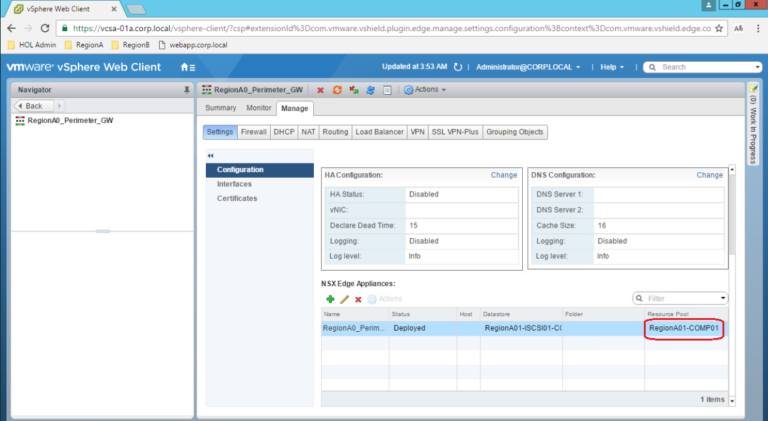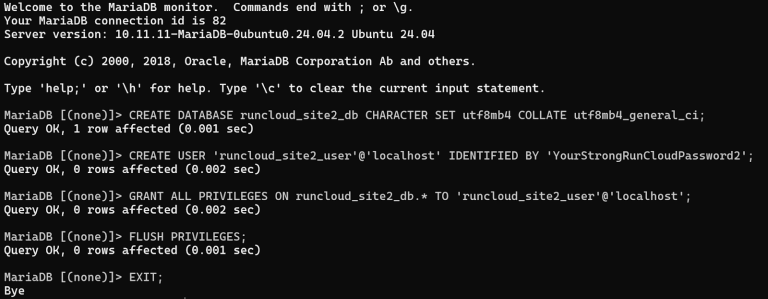
Here’s a quick video that shows how effortless it is to create a RAID array of disks with ZimaOS.👍 It’s design: The dark, cube shaped device looks good. The grill design adds to its appearance.It’s for people who want to have a capable homelab system but do not have the time or the technical abilities to build one but they don’t mind spending for it.

📋CasaOS and ZimaOS both are accessed via a web browser on your regular computer connected to your local network. They don’t need a monitor and keyboard-mouse setup.For me, Zima is now an integral part of my computing arsenal.
Table of Contents
ZimaCube Pro Specifications
I see some people complaining that it is difficult to open the front grill to access the disk bay. But it is not actually. All you have to do is to press at the bottom left or right or both corners and the magnetic grill opens up smoothly.
- ZimaCube Basic: Intel N100, 4-cores processor, 8 GB RAM (max 32 GB with 2 slots), 256 GB system storage
- ZimaCube Pro: Intel core i5 10-cores processor, 16 GB RAM (max 64 GB with 2 slots), 256 GB system storage
- ZimaCube Creator: Everything in Pro plus NVIDIA RTX 2000 and 64 GB RAM and 1 TB system storage
💡I liked the approach of CasaOS and I like what they are trying to achieve with ZimaOS.
- CPU: 12th generation Intel i5 processor (specifically, the Intel Core i5-1235U)
- GPU: Quadro RTX A2000 12 GB graphics card (only in the Creator Pack version)
- RAM: 16 GB of RAM (expandable to 64 GB in the Creator Pack version)
- Storage: 256 GB of system storage (expandable to 1 TB in the Creator Pack version)
- Expansion: 6x 3.5 or 2.5-inch SATA bays, 4x M.2 NVMe drive slot
- Ports: 4x USB 3.2 Gen 1 Type-A, 1x USB 3.2 Gen 1 Type-C, 2x USB 2.0, 1x PCIe Gen 3 x 4, 2x Display Port 1.4, 1x universal audio jack
- Networking: 2x 2.5GbE LAN, WiFi 6, Bluetooth 5.2
- OS: ZimaOS by default but Windows, Linux, OpenWrt, pfSense, Android, LibreELEC, TrueNAS, Unraid, PVE, OpenMediaVault and XCP-NG can also be installed
- Power: 19V 11.58A 200W external power supply (no internal PSU)
- Dimensions: 240 x 221 x 220 mm
- Weight: 8.3 kg
What am I using ZimaCube for?
While ZimaBoard is a tiny device suitable for running a media server and a few other services like Immich, apt for a small starter homelab, ZimaCube takes that experience to the next level.👍 Documentation: The documentation is good enough for the starters. The community support via Discord is fine, too.

Interesting, right? Let me share more on ZimaCube and my experience with it.ZimaCube disk bay👎 ZimaID is not available on Linux: As a Linux user, nothing disappoints me moreNot only that, the ZimaOS shows the connected disks and Ethernet ports in a nice looking animation.But ZimaOS is an operating system that uses Debian underneath. The web interface is similar for both CasaOS and ZimaOS. You can guess that by looking at ZimaOS interface screenshot below:
What I like about ZimaCube and What I don’t
I also have a media server installed on it, although my ZimaBoard is more handy for that purpose.👍 No vendor lock in: You are not forced to use ZimaOS. You can format it and use Proxmox, Unraid or other such operating systems.While connecting to NAS and other storage on ZimaCube through Ethernet or WiFi is fine, use Thunderbolt for a much faster data transfer, specially when you are dealing with large files. With ZimaClient on Mac and Windows, it automatically switches to the fastest connection (i.e. Thunderbolt).I want to use it for local AI, too. Installing Ollama, StableDiffusion, AnythingLLM and other LLMs is easy but running LLMs on CPU is not a good idea.For 2025, I also plan to work on smart, connected home. As I add such devices, I can utilize Home Assistant in ZimaCube.Coincidently, there is a Black Friday sale running on Zima products. ZimaCube Pro is discounted by 20% and thus reducing the price from 99 to 9. You may also win some surprise gifts. Offer ends on 2nd December.I like to see ZimaCube as a device that has two roles; a NAS and a local cloud/homelab. And it is quite evident from its physical appearance.Application specific configuration remains to be sorted but the installation process is simplified greatly. Like ZimaBoard, this is a great way to get started with homelab kind of setup. As you can see in the image below, my 1 TB NVMe SSD is used for app data and library. This way, I can store over 150 GB of photos on the NVMe from where software like Immich and PhotoPrism can use them easily.👍 ZimaID: The ability to access the device sitting behind your router from outside your network without additional configuration is definitely a plus.ZimaOS is surely not perfect, no piece of software is.ZimaOS, is like a premium version of its open source counterpart, CasaOS, which is also developed by the Zima team.
Is it worth getting a ZimaCube?
ZimaCube Pro has Intel core i5, 10-core processor, which is modest at best.👎 Noticeable noise: Even on less intensive CPU usage, ZimaCube has noticeable noise. Of course, you cannot expect a device such as this to be noiseless but this is something that should be improved.There is a noticeable sound when ZimaCube runs, even with the tower cooler. It’s like having a refrigerator in the room that has a continuous humming sound. This could be annoying for some people. Thankfully, my Bose QuietComfort headphones save me the discomfort.This is an important distinction. ZimaCube is more than ‘just a NAS’. It’s ZimaOS offers a quick and easy way of deploying a range of open source software. Underlying, it uses Docker containers but on the surface, all you have to do is to click install from its app store.

The device has two parts. The bottom part is a disk bay so that you can have 6 SATA HDDs/SSDs and 4 NVMe SSDs. The upper part has the motherboard, system storage, RAM etc and a PCIe slot for GPU and other components.
Take advantage of ongoing Black Friday offer
When updates are available, you can also update installed applications to newer versions in just one click.And in fact, if you try to put in all the stuff that ZimaCube provides, 10 Gig Ethernet, multiple thunderbolt, PCIe slots, SSD slots etc, you may reach in the same price range, unless you get refurbished components.

ZimaCube Pro costs ,099. You can probably build a more powerful NAS/local cloud system with a custom chassis from Jonsbo.
Conclusion
Other than that, I didn’t have any unpleasant hardware experiences with ZimaCube. The device looks good in the dark grill and the ports in the front are well-placed for attaching external SSD, USB and headphone jack. There are offers on ZimaBoard and other Zima devices as well. More details on the offer here.I would also love to see some sort of backup or versioning system for installed applications. This way, if I am making setting changes to an application, I would have the option to go back to the previous settings if things gets messed up.They have a ‘migration’ feature in beta and I found it very useful. The on-board system storage is 256 GB. If you start using applications like Jellyfin, Immich and others, you’ll start running out of space quickly. You have to manually specify storage volume in each application’s settings. Now, CasaOS is not an operating system in the usual sense. It provides web interface running on Debian to manage your homelab by deploying open source software in a single click. CasaOS can be installed on Raspberry Pi and PC easily.






